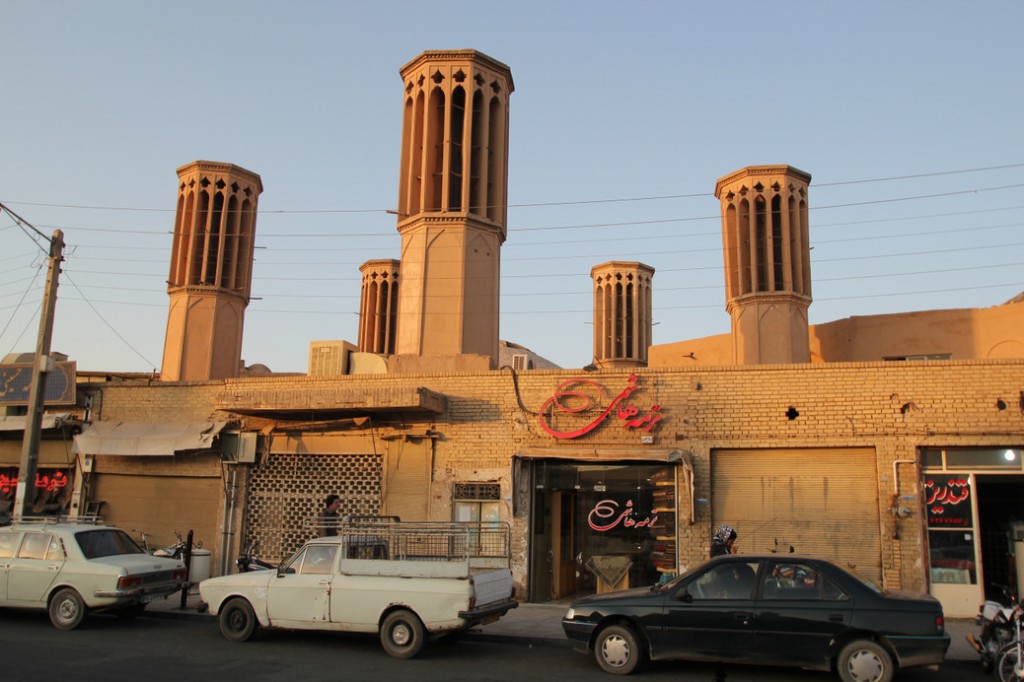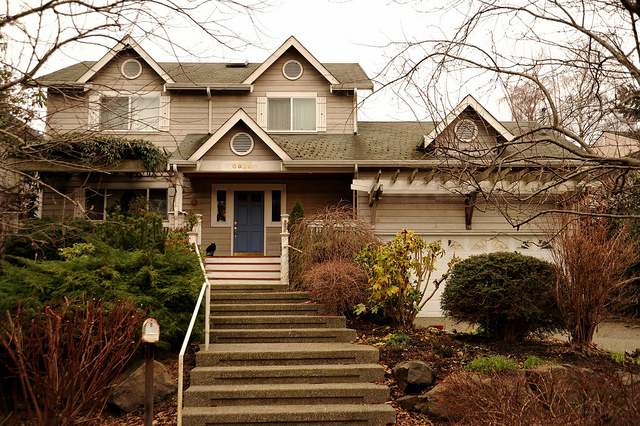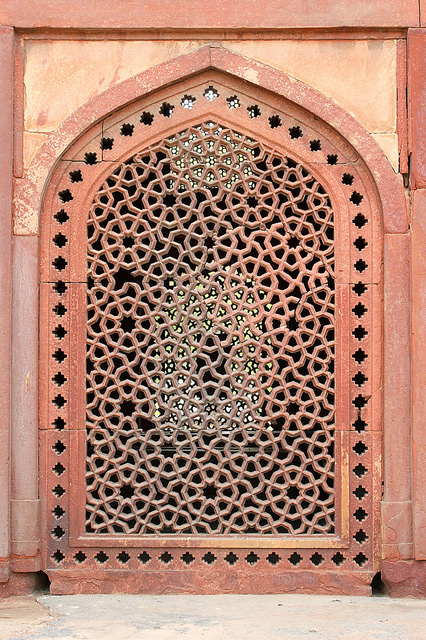
Our ancestors came from hot climates, so we’ve been working on keeping the shelters we live in cool for ages. There are a number of different ways to accomplish this, and today I’m going to write specifically about ventilation. Moving air is incredibly effective at cooling – especially at cooling people -because it helps sweat or other water evaporate. Think about it, have you ever been sweaty and stood in front of a fan? You cool off quickly, even to the point of getting a chill as the moving air evaporates your sweat.
Here are four methods of ventilation that are used around the world to help keep our homes and other buildings cool.
Cross Ventilation
Cross ventilation relies on wind moving through a space. You’re probably already familiar with the fact that if you open two windows across the room from each other, you are going to get a better breeze through a space than if you only open windows on one side of a room. Because of this, open floor plans can be great for passive cooling through ventilation. An important factor to note is that the two openings – the inlet and the outlet – should be of equal size, or the outlet should be larger for optimal air flow.
Stack Ventilation
Have you ever noticed the slated window on the top level of a house? This is a gable vent, for stack ventilation. Hot air rises and escapes through these openings. As it does so, it causes a pressure difference between indoors and outdoors, and this causes cool air to be drawn into a house through vents strategically placed near to the ground.

Jaali
Some Indian architecture makes use of a lattice screen called a jaali (or jali). The Jaali will often be placed lower to the ground to allow cool air to enter a room, and the lattice screen provides diffused light, while also providing privacy. They are quite beautiful as well.

Windcatchers
Traditional Persian architecture often makes use of a structure known as a windcatcher (other names include shish-khan, a badgir, or a malqaf). When used effectively, windcatchers are able to cool a room enough to keep water at near freezing temperatures throughout the summer months. A windcatcher is a raised tower structure, typically on the roof of a building. It may have 4 or 8 sides, and has openings on 1, all 4, or all 8 sides, depending on typical air patterns in a location. A windcatcher can work in three different ways. It can, as it’s name suggests, catch wind and direct it downwards into a room. It can also function as a solar chimney, allowing hot air to escape, cause a pressure gradient, and pull in cool air. In a climate that has a diurnal cycle – hot days and cold nights – this is especially useful. When paired with good building materials such as adobe, a windcatcher can keep the inside of a building quite cool. Thirdly, it can be paired with an underground canal. The windcatcher will pull warm air upwards, and with properly placed inlets, pull air in along the ground-cooled water. The water will cool the air, and the now cooled air will be pulled throughout the structure.
…
Have you signed up for the building earth newsletter yet? You can do that here!
